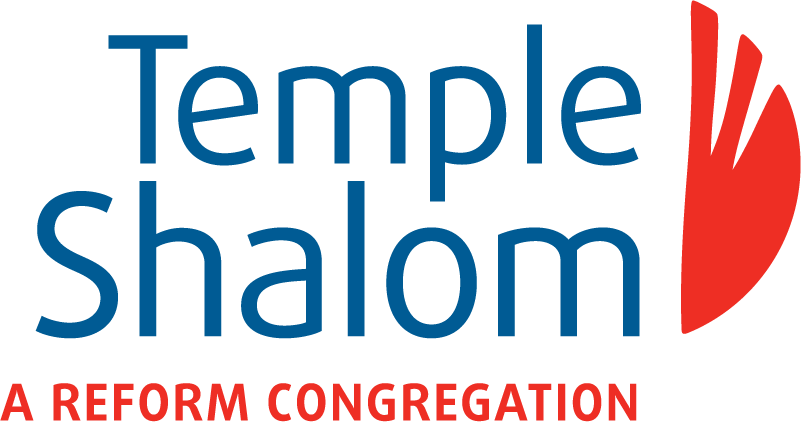Echoes of the Wilderness, Part VII: How Goodly are Your Aloes: Commentary on Parashat Balak
What does an ancient plant known for its medicinal properties have to do with a tent?
One of the most famous verses in the entire Torah lies at the heart of this week’s portion. Balaam, a for-profit prophet, is hired by the Moabite king, Balak, to curse the Israelites. Compelled by God, God’s messenger, and a talking donkey, Balaam instead blesses the Israelites with the words of Numbers 24:5, “Mah tovu ohalecha Yaakov, mishk’notecha Yisrael,” (How goodly are your tents, O Jacob, your dwelling places, O Israel)! Many Jews recite this phrase when walking into a synagogue or at the start of morning worship services.
However, it was the following verse, Numbers 24:6, which stuck out to me more when re-reading this parashah, specifically the word in bold:
The word “aloe” is derived from the Hebrew “ahal” and its closely related Arabic equivalent “alloeh,” which literally means “bitter and shiny substance.” Aloe gel has healing properties with which we in the northern hemisphere are especially familiar during the season this Torah portion is read. At summer camp infirmaries, aloe gel seems to flow continuously from jumbo-sized plastic bottles as an essential treatment for sunburn. Under ideal natural conditions, an aloe tree can grow to an immense size.
In the original text, which predates both vowelization and cantillation, the words for tent (ohel) and aloe (ahal) look similar and are in consecutive verses to boot. To my eye, this appears to be more than coincidence. Were these two different words meant to be the same word? Indeed, the rabbis of the Talmud suggest that it is meant to be “tents” in both these verses, noting both tents and aloe have certain redeeming qualities for the body and soul.
For those of us who dwell on a swiftly warming planet, I suggest that the proximity of aloe and tents in this parashah provides additional insight. Through their shade, tents provide relief from the sun. Through their gel, aloe plants also provide relief from the sun. Rivers and waters, besides reminding us to stay hydrated when it’s hot, are steadily growing drier from the effects of climate change.
When we take any of these “goodly” things for granted, we risk squandering the blessings bestowed upon our ancestors by Balaam, whose excursions in this parashah took him to virtually every outdoor extreme in his vain attempts to bring the Israelites misfortune. In spite of Balaam’s best efforts, the Jewish people did not die out in the desert. Now, we can do our part to ensure future generations can learn from our example by participating in the work of the Religious Action Center, Dayenu, Adamah, and other like-minded environmental organizations.
Rabbi Hama, who pointed out the similarity between oheland ahal in the Talmud, is an apt figure to pose questions about beating the heat. His name derives from the Hebrew word “chamah,” which literally means “sun.” May dwelling in the tents of Torah help us flourish in our sacred work to elevate and heal the world around us.
| K’nachalim nitayu K’ganot alei nahar Ka’ahalim nata Adonai Ka’arazim alei mayim. |
כִּנְחָלִ֣ים נִטָּ֔יוּ כְּגַנֹּ֖ת עֲלֵ֣י נָהָ֑ר כַּאֲהָלִים֙ נָטַ֣ע יְהֹוָ֔ה כַּאֲרָזִ֖ים עֲלֵי־מָֽיִם׃ |
| Like palm-groves that stretch out, like gardens beside a river, like aloes planted by Adonai, like cedars beside the water. | |
